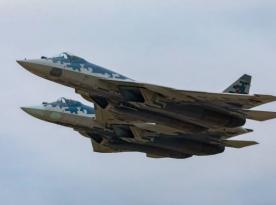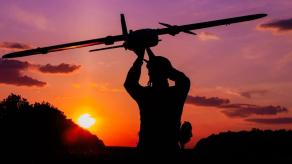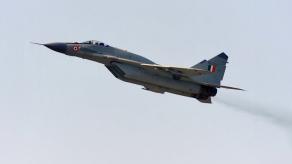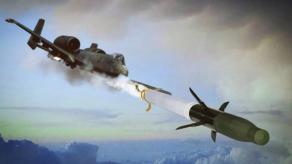The short variant of the essay written by Ukrainian top general Valerii Zaluzhnyi, published by The Economist, has been widely shared across the media. Still, the most essential details are hidden in the full version.
They help to grasp the general picture of the current state of war and echo last year's article from Zaluzhnyi in which he discussed the importance of Ukraine acquiring long-range weapons to bring the war to russian territory. This time around, there are more topics he touched upon as the leitmotif is how to win a war of attrition against Russia.
Read more: Ukrainian Commander-in-Chief Told What to Prepare for in 2023: Pragmatic and Straightforward Talk on How to Neutralize Kremlin’s Trump Card
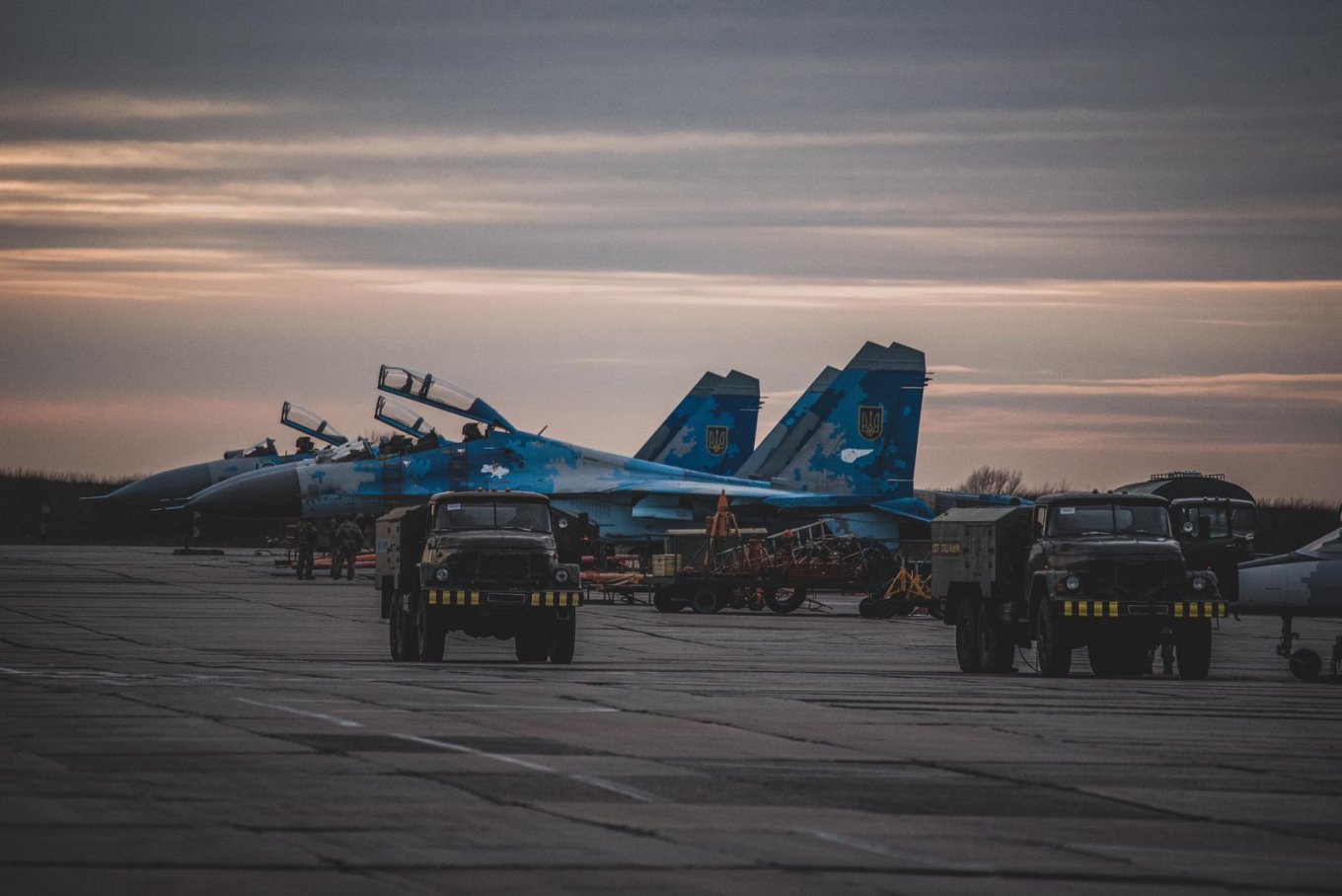
Aerial warfare is only one of the aspects of this war but it's notable how the chief military commander of Ukrainian forces doesn't say a word about the F-16s. The Ukrainian diplomats have been "fighting" for the F-16 in the international arena by convincing the partners in dire need to supply this aircraft to the Ukrainian Air Force. Intentionally or not, Valerii Zaluzhnyi provides a reality check: F-16 is not a "silver bullet" that can change the tides of war on its own.
There is a pragmatic explanation to why that is so. Zaluzhnyi notes that Ukraine entered the state of full-blown war against the russian federation while having 120 combat aircraft, only 40 of them were in operational condition, and 18 divisions of short- and medium-range action ready for combat out of 33 present on paper.
This many was in fact enough to prevent russia — despite ten times the number of aircraft — from implementing the main element of their blitzkrieg plan: to achieve total air superiority.
On the part of Defense Express, we should add that if not for the efforts of the Ukrainian Air Force, all of Ukraine would have faced the same fate as the city of Mariupol, with indiscriminate shelling by Tu-22M3 bombers carrying 3-ton FAB 3000 and other dumb bombs, without any chance to strike back and deter the aviation from coming close. That would be the case with the concentrations of resistance while the rest of the targets would be simply bombed apart by russian tactical aviation flying too high for surface-to-air missiles to reach.

Thanks to the available assets, skills, and sacrifice of Ukrainian pilots and air defense systems operators, as well as support from abroad partners, Ukraine managed to destroy as many as 300 aircraft and 300 helicopters as of now. It is an entire air army in terms of combat aircraft and 13 regiments of rotorcraft aviation in the land forces.
Despite russians planning to involve more squadrons of tactical aircraft, and despite the fact they still prevail in the Ukrainian skies, russian forces
"cannot convert it into complete dominance in the air due to the successful work of our elements of direct air defense cover of troops, which constantly increase the number of the engaged enemy air attack weapons."
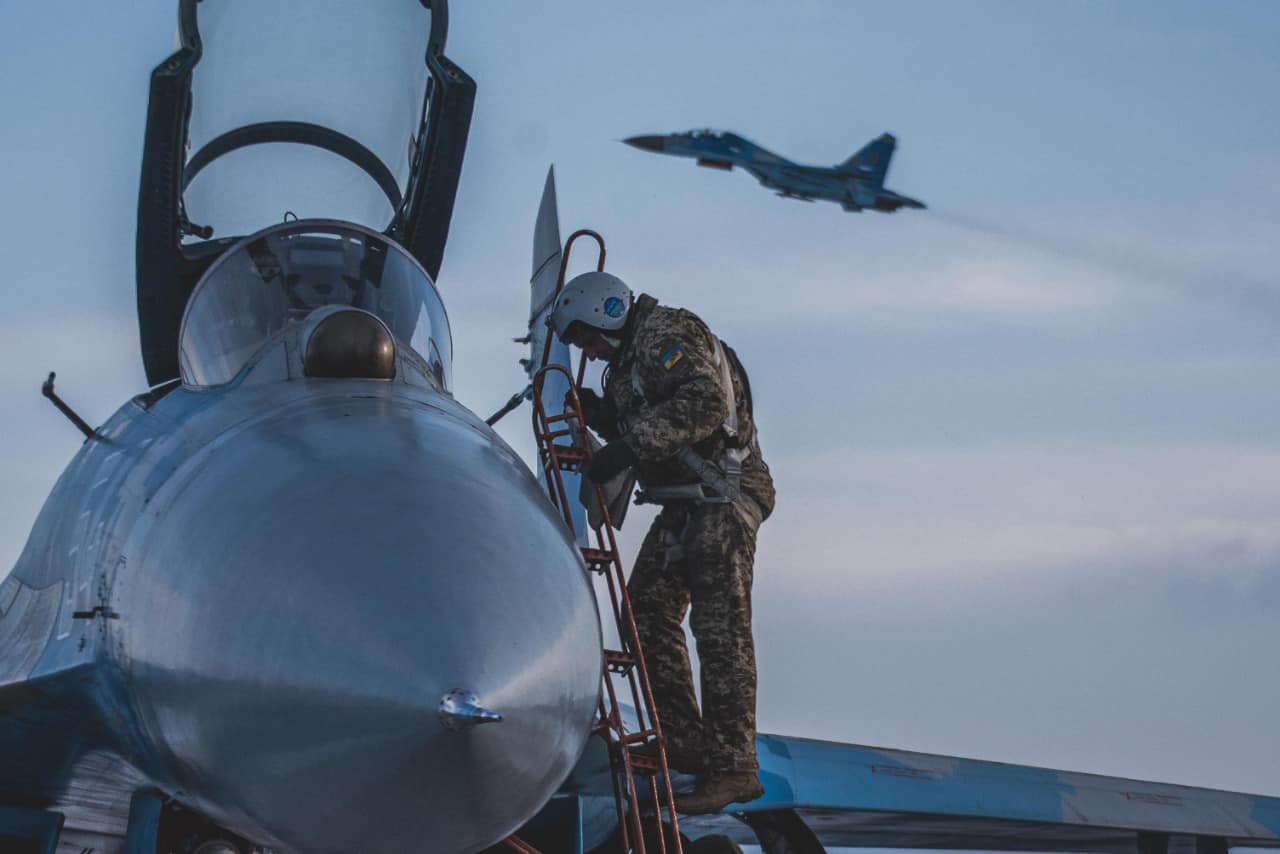
Now, let's take a look from Ukraine's perspective. Even though the arrival of the F-16 is nearing, the enemy outnumbers in assets. The first F-16s are scheduled to come in spring 2024, and probably no more than a single squadron will be delivered at once, namely, 12 aircraft. Then, throughout the year, more jets will join, up to 2 or 3 squadrons (24–36 aircraft). Let's say, a total of 150 will be in service one day: it won't be enough to even reach parity in numbers.
Of course, that doesn't mean the F-16 won't change anything. Actually, it's the opposite, at least for the sake of replacing the losses in aircraft that Ukraine suffered over almost one and a half years of active war. Moreover, they will help to push russian tactical aviation further away from the frontline with their ability to deploy long-range air-to-air missiles and mobility. Yet, the F-16 cannot win air superiority on its own, which is an important condition for changing the character of this war from positional to maneuver warfare.
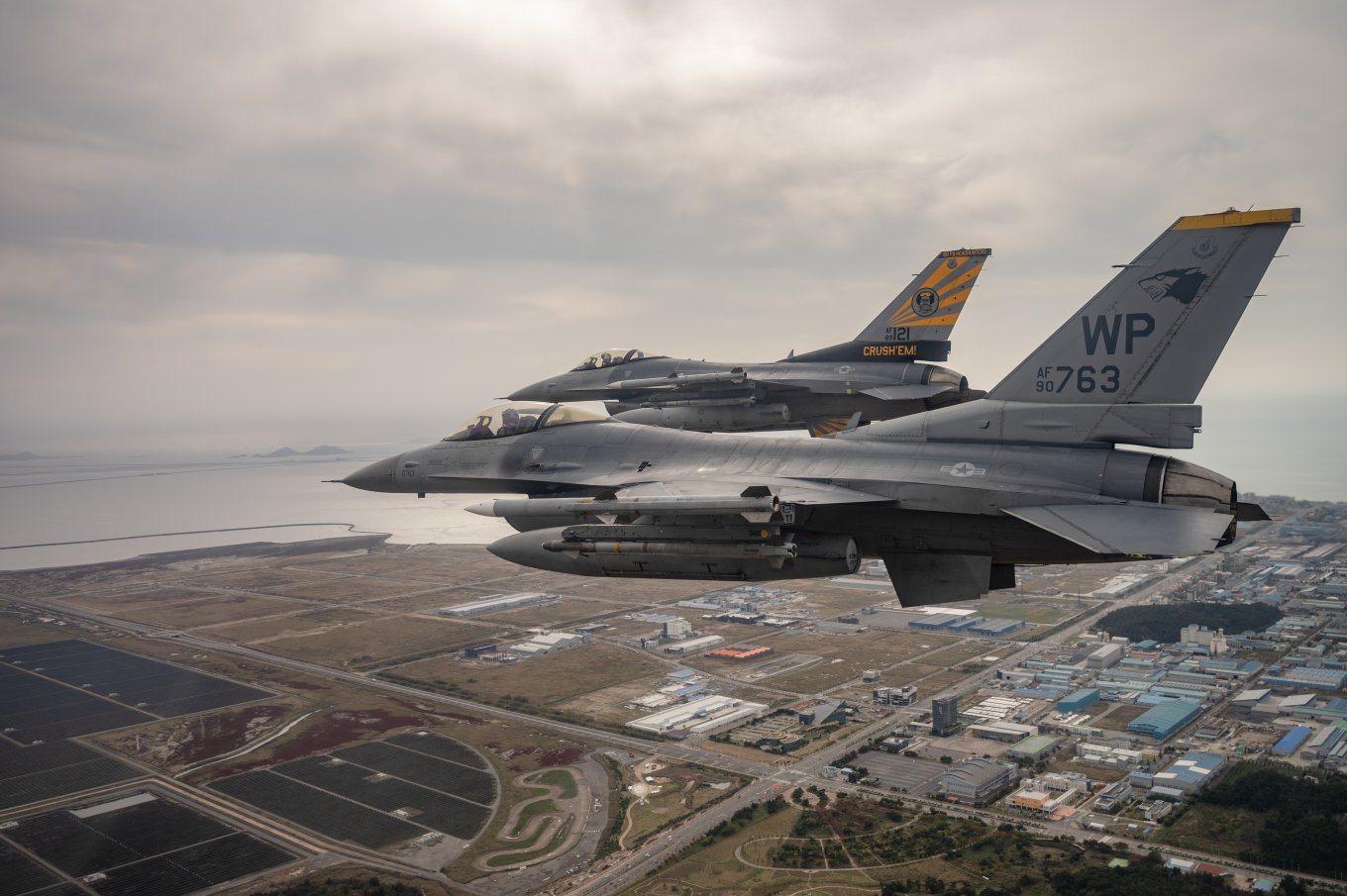
This task requires more advantages over the russian aerial forces, both in numbers and technological advancement. Worth noting, it would need to engage all of NATO aviation for a most large-scale operation since not even Operation Desert Storm but World War II.
That is why although the F-16 will be a great enhancement of capabilities available to the Ukrainian forces, it won't be a "game changer," at least until there are more aircraft, and not just F-16. It explains why General Zaluzhnyi focuses on different things in his essay.
Here is the full text of his essay "Modern Positional Warfare And How To Win In It:"
Read more: Ukrainian Pilots Starts Training on F-16 with the 162nd Wing in the United States






